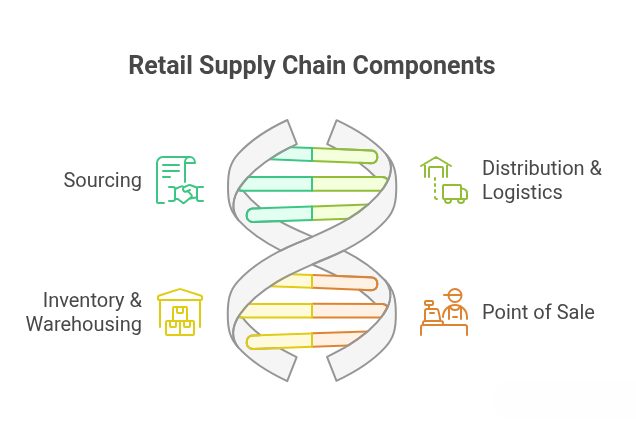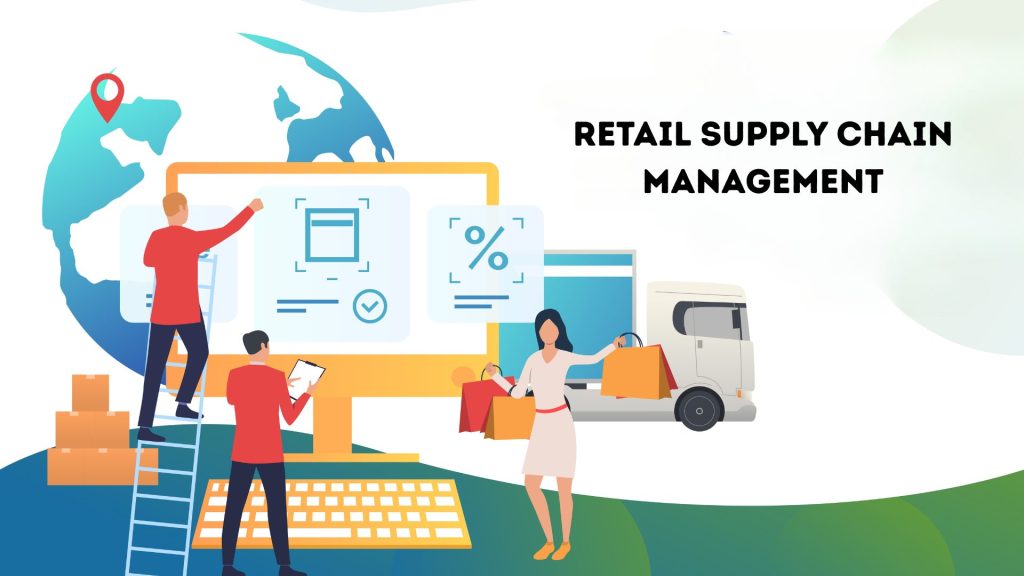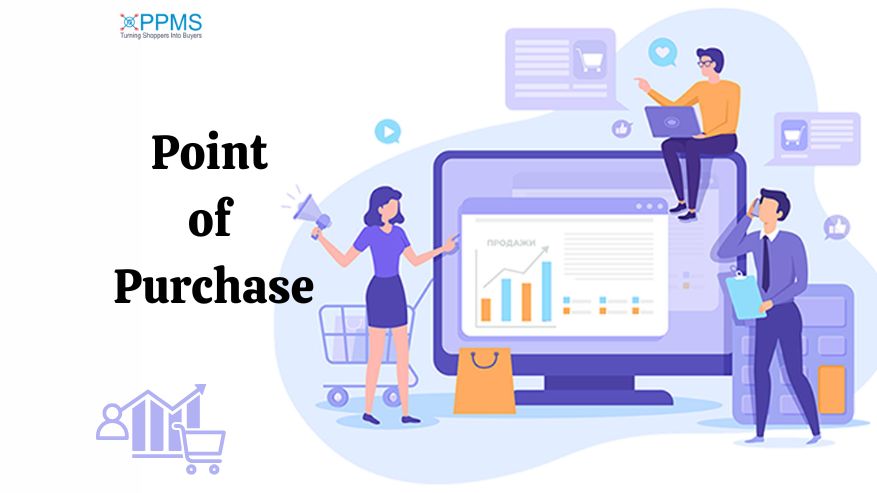Introduction to the Modern Retail Supply Chain
Retail supply chain is a term used for the full spectrum of activities which see products move from the manufacturer to the end consumer via a retail network. This includes sourcing, logistics, warehousing, inventory, merchandising, and the final point of sale at a retail store or eCommerce platform.
In 2025, we see supply chain management in retail to be more dynamic than it has ever been. Consumers’ expectations are going up, delivery times are decreasing, and the competition between online and offline retail is growing. Retailers are to maneuver through complex channels and hybrid business models, which include D2C (direct-to-consumer) and omnichannel systems.
In the age of growing e-commerce and digital-first shopping experiences, a robust retail supply chain management system is a must; it is no longer a choice for survival and growth.
What is the Retail Supply Chain?
In retail the supply chain is a network of players, processes and resources that bring products from producers to consumers. It includes procurement, transport, storage, sale and return of goods, which we coordinate to achieve consumer satisfaction and business efficiency.
Core Components of a Retail Supply Chain

- Sourcing : The process of identifying and purchasing goods from manufacturers or suppliers. Effective sourcing ensures cost-efficiency, quality, and reliability.
- Distribution & Logistics : This stage involves the transportation of goods from production units to distribution centers, warehouses, and finally to retail stores or directly to consumers.
- Inventory & Warehousing : Inventory control and warehousing are crucial for maintaining the right stock levels to meet demand without overstocking or stockouts.
- Point of Sale (PoS) : Where the transaction takes place—whether it’s a physical checkout counter or a digital cart in an eCommerce store.
Traditional vs Modern Retail Supply Chain
The traditional retail supply chain was in a linear model which also had a large dose of manual coordination. Info flow was slow and we saw that the response to market changes was delayed.
In that, which present day retail supply chain management has grown to be very much real time, technology- enabled and demand-based. It is for faster fulfillment, greater transparency, and better forecasting, which are very much the key elements in today’s very competitive market.
Related Read : Retail Industry in India
Key Elements of Retail Supply Chain Strategy in 2025
Crafting a strong retail supply chain strategy in 2025 involves a fusion of technology, data, and on-ground execution.
Here Are the Essential Components:
1. Inventory Visibility and Demand Planning
Retailers must have full visibility into their inventory levels across channels. Predictive demand planning helps avoid stockouts or overstocking while improving order fulfillment accuracy.
2. Real-Time Retail Audits and Data Use
Audits help retailers verify on-ground conditions pricing, shelf availability, product display, and promotions ensuring consistency with head-office strategies. Real-time audits are now part of a responsive retail value chain.
3. Sales Process Optimization
Digitized sales tracking, automated reporting, and CRM integration allow for smoother processes, improving both customer experience and internal efficiency.
4. Channel Activation & In-store Execution
Activating retail channels with localized promotions and ensuring execution at the store level is key to influencing consumer decision-making.
5. Merchandising and Planogram Compliance
Maintaining planogram compliance ensures product visibility and maximizes shelf impact. Merchandising teams play a vital role in converting store traffic into sales.
Together, these elements form the backbone of a modern, resilient retail supply chain strategy and an optimized retail value chain.
The Role of Sales Promoters and Merchandisers in Supply Chain Efficiency
Frontline retail staff like sales promoters and merchandisers have a direct influence on the efficiency of the supply chain management for the retail industry.
Impact of Sales Promoters at PoS
Sales promoters engage customers, explain product features, and influence buying decisions, directly impacting sell-through rates and inventory turnover.
Visual Merchandising and Compliance by Field Staff
Field merchandisers ensure that products are displayed correctly, signage is updated, and promotions are executed. This improves customer experience and contributes to a seamless retail value chain.
Why Retail Visibility Audits Matter More Than Ever
Retail audits have become indispensable for brands and retailers aiming to maintain execution quality and monitor field operations.
Overview of Retail Visibility Audits
These audits check for planogram compliance, product availability, pricing accuracy, and promotional display implementation.
Linking Audits to Accurate Supply Chain Decisions
Audit insights feed into real-time supply chain adjustments—helping teams reallocate stock, reroute deliveries, or revise promotional strategies.
Benefits in a Digitally Connected Retail World
With mobile reporting tools and cloud-based dashboards, retail audits today offer actionable insights, increasing speed, agility, and accountability in the retail supply chain.
Channel Activation & Sales Process Management in 2025
In 2025, brands must take a more holistic view of channel activation and sales process management to engage customers and ensure consistency across all touchpoints.
Strategic Role of Channel Activation Campaigns
Channel activation involves launching tailored campaigns for general trade, modern trade, and digital commerce, each requiring different messaging and execution tactics.
Sales Process Automation and Field Efficiency
Automated tools improve field rep productivity and reduce delays in reporting. They also integrate with CRM and inventory systems to streamline order management.
Aligning Offline & Online Retail Operations
In today’s omnichannel environment, the lines between digital and physical retail are blurred. Harmonizing backend processes ensures a consistent customer experience across both.
Building a Future-Proof Retail Supply Chain Strategy
To prepare for the future, retailers must invest in scalable systems and skilled manpower while staying agile.
Leveraging AI, ML, and Predictive Tools
Technologies like artificial intelligence and machine learning are enabling faster, more accurate demand forecasts, automated replenishment, and personalized promotions.
Upskilling On-ground Retail Workforce
Training field teams in digital tools, communication skills, and execution metrics can bridge the last-mile gap in supply chain performance.
Collaborating with Retail Tech & Audit Partners
Partnerships with retail tech providers and audit agencies bring in the needed scale, transparency, and accountability. Together, they strengthen the retail supply chain strategy and improve value across the retail value chain.
Also Read : How Artificial Intelligence Is Transforming the Retail Industry and Market
Conclusion
In the fast-evolving world of retail, efficient retail supply chain management is a critical differentiator. From sourcing to PoS execution, every step must be fine-tuned to meet consumer demands and market shifts.
The future of retail lies in embracing visibility, agility, and technology from on-ground audits to AI-led forecasting. For retailers and brands, mastering the retail supply chain is no longer a choice, it’s a strategic necessity.
FAQs About Retail Supply Chain Management
1. What is supply chain management in retail?
It refers to the coordination of all processes that bring products from manufacturers to consumers in a retail setup, including sourcing, logistics, inventory, merchandising, and sales.
2. What are the trends shaping the retail supply chain in 2025?
Digital audits, AI-powered forecasting, omnichannel retailing, automation, and D2C models are some of the defining trends.
3. How do audits improve supply chain performance?
Retail audits provide real-time visibility and ground truth data that help in decision-making related to inventory, display, pricing, and promotions.
4. What are the 5 basic steps of supply chain management?
Sourcing, production, warehousing, distribution, and sales.
5. How Does the Retail Supply Chain Work?
The retail supply chain connects suppliers to consumers through a series of coordinated steps, including sourcing, logistics, warehousing, and final point-of-sale execution.






